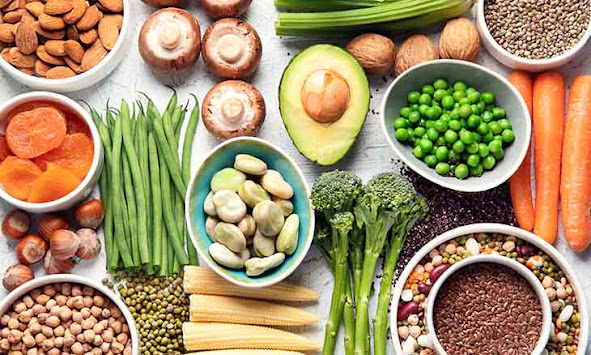How to make healthy food choices
How to make healthy food choices
Eating a healthy diet is essential to maintaining good health and preventing chronic diseases. However, it can be difficult for us to know which foods to choose. In this article, we'll provide practical tips on making healthy food choices, including choosing nutritious foods, reading food labels, and preparing meals at home.
Understanding Nutrient-Dense Foods:
One of the keys to making healthy food choices is choosing nutritious foods. Nutrient-rich foods are those that provide a high level of nutrients relative to their caloric content. Examples of nutrient-dense foods include fruits, vegetables, lean protein, whole grains, and low-fat dairy products.
1. Focus on fruits and vegetables.
Fruits and vegetables are excellent sources of essential vitamins, minerals and fibre. Include fruits and vegetables in every meal and make them a routine.
2. Choose lean proteins.
Lean proteins such as chicken, fish, beans and tofu are excellent sources of protein, which is essential for building and repairing tissues. Avoid processed meats, which are often high in sodium and saturated fat.
3. Incorporate whole grains.
Whole grains such as brown rice, quinoa, and whole wheat bread are rich in fibre, vitamins, and minerals. Swap refined grains such as white rice and bread for whole grain alternatives.
4. Limit added sugars and saturated fats.
Added sugars and saturated fats should be limited in your diet. These types of foods can increase your risk of chronic diseases such as heart disease and type 2 diabetes. Instead, choose foods with healthy fats such as nuts, seeds and avocados.
Reading food labels:
Another way to make healthy food choices is to read food labels. Food labels provide important information about the nutritional content of the food you are buying. Be sure to read food labels before purchasing.
1. Check the serving size.
Be sure to check the serving size listed on the food label. A serving size is the amount of food mentioned in the nutritional information. Often, the serving size is smaller than what you would normally eat.
2. Look for the nutrient content.
The nutrient content of a food is listed in the middle of the food label. Pay attention to the amount of saturated fat, sodium and added sugars. Choose foods that are low in these nutrients.
3. Check the ingredients list.
The ingredient list is located below the food label. Be sure to read the ingredients list carefully, and avoid foods with added sugars, saturated fats, and artificial ingredients.
Preparing Meals at home:
Preparing meals at home is a great way to make healthy food choices. When you prepare your own food, you have control over the ingredients and cooking methods.
1. Plan your meals.
Before you go to the grocery store, plan your meals for the week. This will help you make healthy food choices and avoid impulse shopping.
2. Use healthy cooking methods.
When cooking at home, use healthy cooking methods such as grilling, baking and steaming. Avoid frying foods, as this can add fat and calories.
3. Stock your pantry with healthy foods.
Make sure you stock your pantry with healthy foods like whole grains, canned vegetables, and lean proteins. This will make it easier to prepare healthy meals at home.
Result:
Making healthy food choices is essential to maintaining good health and preventing chronic diseases. By choosing nutritious foods, reading food labels, and preparing meals at home, you can make healthier choices and improve your overall health.














Comments
Post a Comment